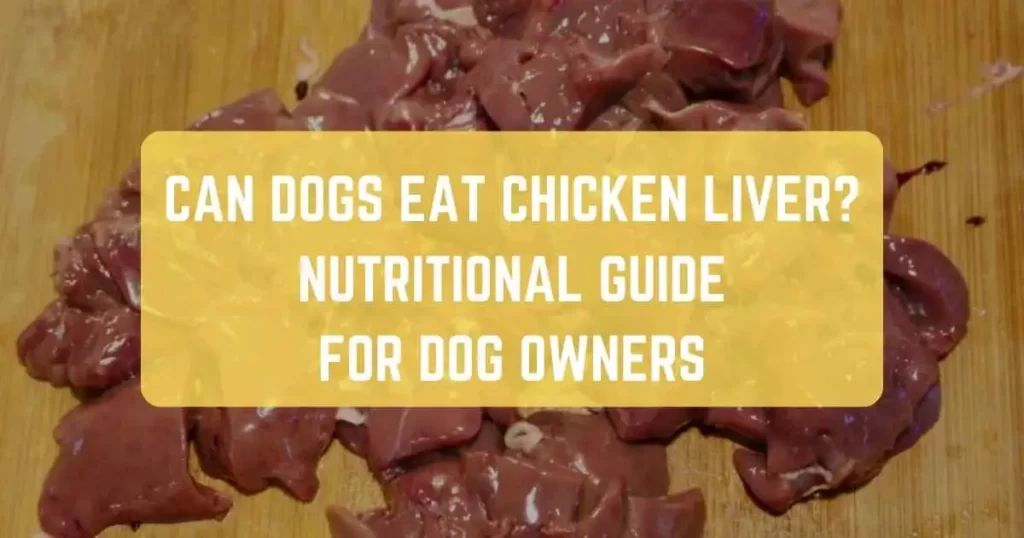
Is your furry friend as adventurous as mine, always exploring the great outdoors?
Well, if your beloved canine has ever encountered a cactus, you know the urgency of the situation. Those menacing spines from your dog and the potential dangers they pose are not to be taken lightly.
In this concise guide, we’ll delve into the world of cacti and dogs, exploring how cacti can cause serious issues for your pet and what to do if they encounter one. We’ll even discuss safe alternatives and the importance of being prepared with antibiotic ointment on hand.
So, stay with us as we navigate the prickly path of cactus and canines, ensuring the well-being of your four-legged companion.
Can Dogs Eat Cactus?
No, dogs should not eat cactus. Cacti can be harmful to dogs due to their spines and fibrous texture. Ingesting cactus can lead to irritation, spines stuck in a dog’s mouth or paws, and potential health issues. It’s best to keep cacti away from dogs to ensure their safety.
Health Risks of Cactus for Dogs
- Spine Troubles: Cactus spines can easily get stuck in your dog’s mouth or throat, leading to discomfort and potential injuries.
- Digestive Problems: The fibrous plant material in it can be difficult for dogs to digest, possibly leading to stomach irritation and digestive issues.
- Toxic Compounds: Some of its species contain toxic compounds that are dangerous for dogs when ingested. These compounds can have adverse effects on your dog’s health.
Is It Safe to Feed Cooked Nopales to Dogs?
When it comes to cactus and dogs, not all parts of this plant are equally harmful. Nopales, which are the pads of the prickly pear cactus, are sometimes used in human cuisine, particularly in Mexican and Southwestern dishes. But can dogs eat cooked nopales safely?
Cooked Nopales: While raw pads can be problematic for dogs due to their spines and fibrous nature, cooked nopales are often considered less of a threat. When prepared properly, cooked nopales can be a potential alternative for dogs. However, there are important caveats to consider:
- Spine Removal: Before offering cooked nopales to your dog, ensure that all spines from the cactus have been completely removed. Even cooked one can pose a danger to your dog’s mouth and digestive system if not properly eliminated.
- Portion Size: As with any new food, start with a small portion to see how your dog reacts. Some dogs may have sensitivities or allergies to certain foods, so it’s essential to monitor their response.
- Consult Your Vet: It’s always a good practice to consult with your veterinarian before introducing any new food into your dog’s diet, including cooked nopales.
Type of Cactus Poisonous To Dogs
Not all cacti are created equal, and some can be more harmful to dogs than others. Here’s a list of cactus species that are known to be poisonous to dogs:
1. Pencil Cactus (Euphorbia tirucalli):
- This succulent plant contains a milky substance that is highly toxic to dogs.
- Ingesting any part of the pencil cactus can lead to severe health issues and should be avoided.
2. Christmas Cactus (Schlumbergera spp.):
- While Christmas cacti aren’t as poisonous as some other species, they can still cause irritation if ingested by dogs.
- The spines from your dog’s mouth may get stuck in the plant’s fibrous material, leading to discomfort.
3. Cactus Pear (Opuntia spp.):
- While humans enjoy the cactus fruit known as prickly pears, these can be problematic for dogs.
- Prickly pears have sharp spines that can lead to injury if your dog attempts to eat them.
What If My Dog Consumes a Cactus?
Accidents happen, and despite your best efforts to keep cacti away from your dog, there may be instances where your furry companion manages to ingest a cactus plant. Here’s what you should do if your dog consumes it:
- Stay Calm: First and foremost, remain calm. Panicking won’t help your dog, and it’s essential to think clearly.
- Assess the Situation: Check for any visible signs of distress or injury in your dog. Look for its spines stuck in their mouth, paws, or fur.
- Remove Cactus Spines: Carefully remove any spines from your dog’s mouth or body using a pair of tweezers. Be gentle to avoid causing further irritation.
- Monitor Your Dog: Keep a close eye on your dog for any signs of discomfort, vomiting, diarrhea, or other unusual behavior. If you notice any concerning symptoms, contact your veterinarian immediately.
- Hydration: Ensure your dog stays hydrated, as its ingestion can sometimes lead to digestive issues.
- Contact Your Vet: If you have any doubts about your dog’s condition or if they ingested a significant amount of cactus, don’t hesitate to contact your veterinarian. They can provide guidance and recommend any necessary treatments.
Alternatives to Cactus for Dogs
While cacti may not be a safe option for your dog to munch on, there are plenty of other dog-friendly alternatives that can provide similar benefits:
- Vegetables: Dogs can enjoy a variety of vegetables like carrots, cucumbers, and green beans as healthy snacks.
- Fruits: Fruits like apples, bananas, and watermelon are safe and tasty options for dogs in moderation.
- Dog-Specific Treats: There are many dog treats available in pet stores that are specifically formulated for your furry friend’s dietary needs.
- Commercial Dog Food: Stick to high-quality commercial dog food to ensure your dog receives all the necessary nutrients.
Final thoughts
In summary, dogs are naturally curious animals, making it crucial for dog owners to keep indoor and outdoor cactus varieties away from their furry friends. If a dog eats cactus, especially those with attractive spines and flowers, it can lead to irritation and spines stuck in their mouth or skin.
The effects on a dog’s skin and psychological well-being can be serious. To prevent such incidents, dog owners should remove the spines from their dogs and ensure a safe environment.
Remember, some cacti are non-toxic to dogs, but it’s best to stick to safe dog food, as cacti are not excellent sources of nutrition. In case of emergencies, contact an animal poison control center for guidance.
Frequently Asked Questions
Can Dogs Eat Cactus Pads?
Yes, dogs can eat cactus pads, but it’s crucial to ensure they are properly prepared and free of spines. Cactus pads can be offered as an occasional treat, but in moderation, as too much can lead to stomach irritation and other digestive issues in dogs.
Why Did My Dog Eat a Cactus?
Dogs might eat a cactus due to their natural curiosity or a perceived need for fiber. However, ingesting cacti can lead to discomfort and potential health problems for dogs, including irritation from spines, digestive issues, and in some cases, toxicity.
Can Dogs Eat Cooked Cactus?
No, dogs should not consume cooked cactus. While cooking may eliminate some of the spines and make it less dangerous, they can still contain irritants that may harm a dog’s digestive system. It’s best to avoid offering cooked cactus to dogs altogether to ensure their safety.
Can Dogs Eat Cactus Fruit?
Yes, dogs can eat cactus fruit in moderation. It’s also known as prickly pears, is generally safe for dogs when the spines are removed. It can be a refreshing and healthy treat for your furry friend, but ensure you remove all spines before offering it as an occasional snack.
Is Cactus Good For Dogs to Eat?
Cactus is not a recommended part of a dog’s diet. While some of them are non-toxic, the risk of spines and potential digestive issues make it an unsuitable choice. It’s best to opt for safer and more nutritious food options for your furry friend.









